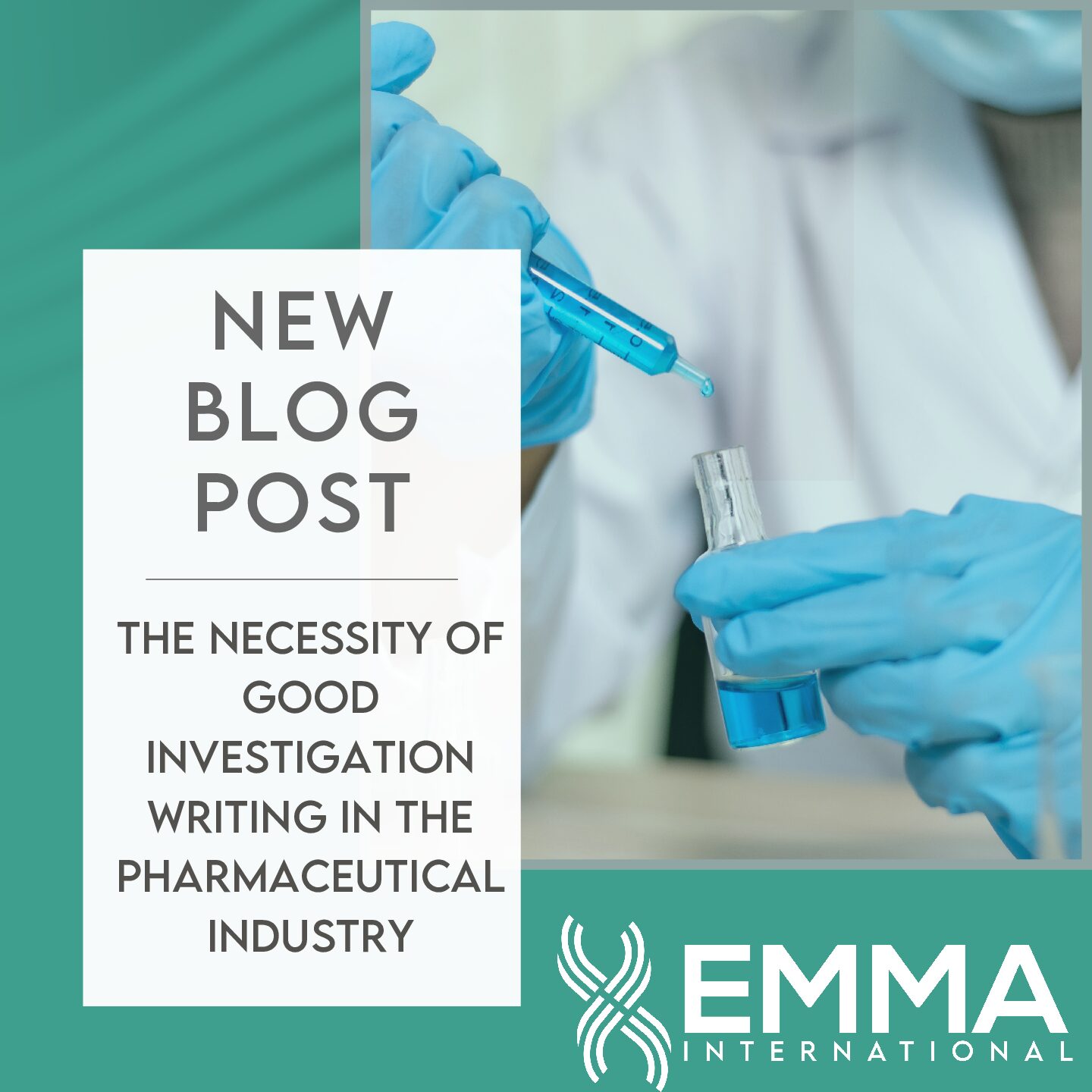Ensuring patient safety is paramount in the pharmaceutical and medical device industries. One critical area of focus is pyrogen testing. Pyrogens, substances that can induce fever when introduced into the body, pose a significant risk to patients, particularly in sterile products like injectable drugs and implantable devices.
So, what are pyrogens? Pyrogens are fever-inducing substances, typically derived from microbial contamination. The most common types are endotoxins, which are components of Gram-negative bacterial cell walls, which are highly potent and stable and non-endotoxin Pyrogens (NEPs), which are derived from Gram-positive bacteria, fungi, or chemical contaminants. Even trace amounts of pyrogens can trigger severe immune responses, making their detection critical for ensuring the safety of pharmaceuticals and medical devices. Global regulatory agencies, including the FDA and EMA, mandate pyrogen testing for products that come into direct or indirect contact with sterile body systems. Compliance with these regulations is essential to ensure product safety and gain market approval.
One of the oldest methods, the Rabbit Pyrogen Test involves injecting a sample into a rabbit’s bloodstream and monitoring its body temperature for fever response [1]. This method detects a broad range of pyrogens, including NEPs and it is an established method with historical regulatory acceptance. However, it requires animal use, which raises ethical concerns. This method is also labor-intensive and time-consuming. Lastly, the results can be variable due to biological differences between humans, which are the intended recipient, and rabbits. Another testing method is the Limulus Amebocyte LysateLAL test, which detects endotoxins using a reagent derived from the blood of horseshoe crabs [2]. It’s the most widely used pyrogen testing method for endotoxin detection. It is highly sensitive to specific endotoxins and is very fast an cost-effective. However, it can’t detect non-endotoxin pyrogens and is entirely reliant on horseshoe crabs, which are not unlimited in the natural environment. There is also the Monocyte Activation Test (MAT) which simulates the human fever response by using human monocytes or monocytic cells to detect pyrogens [1]. It does not use animal testing, detects both endotoxins and NEPs, and is more physiologically relevant since it is tested on human monocytes. However, it requires specialized equipment and expertise and comes at a higher cost than LAL.
Selecting the right pyrogen testing method depends on the product type, regulatory requirements, and pyrogen risk profile. For example, LAL testing is ideal for endotoxins, while MAT is better for detecting NEPs. Regulatory agencies require validated testing methods to ensure reliability and reproducibility. Validation should include sensitivity, specificity, and robustness assessments. Preventing pyrogen contamination starts with robust manufacturing controls such as using depyrogenation techniques (e.g., dry heat or chemical agents) for equipment and packaging, conducting environmental monitoring to detect microbial contamination, implementing rigorous sterilization processes. Advancements in testing methods and regulatory updates are always ongoing so staying informed about global guidelines ensures continued compliance and operational efficiency.
At EMMA International, we understand the complexities of pyrogen testing and compliance. Our team of regulatory and quality experts assists clients with selecting and validating appropriate pyrogen testing methods, establishing contamination control strategies, preparing for regulatory audits and inspections. EMMA International is here to help. Whether you need assistance with pyrogen testing, quality system improvements, or regulatory compliance, our experts can provide tailored solutions to meet your needs. Contact us today to learn more.
EMMA International is here to provide full-circle solutions for all aspects of pyrogen testing. Give us a call at 248-987-4497 or email us at info@emmainternational.com to learn more about how EMMA International can take the stress out of quality and regulatory compliance!
[1] MAT Research (2023) Pyrogen Testing, Retrieved on 1 December from: https://www.matresearch.com/pyrogen-testing/#:~:text=and%20non%2Dendotoxin.-,Rabbit%20Pyrogen%20Test%20(RPT),and%20is%20certified%20pyrogen%2Dfree.
[2] Pettipher et al. (2005) Limulus Lysate Test, Retrieved on 1 December from: https://www.sciencedirect.com/topics/medicine-and-dentistry/limulus-lysate-test






